Visit these National Parks in Texas before you die
There are two National Parks in Texas, and both of them need to be on your bucket list
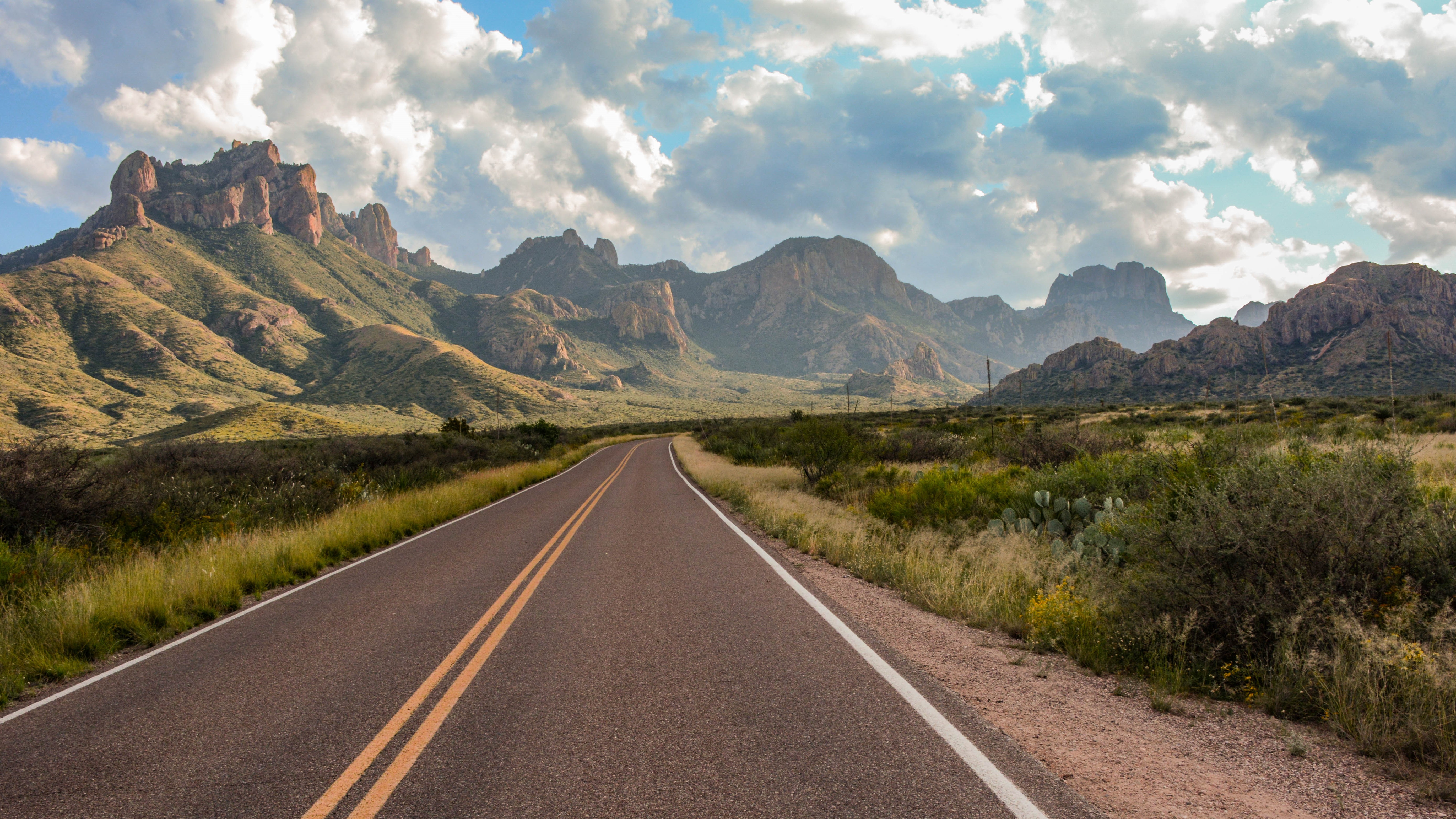
If you love outdoor adventure, Texas might not be the first place you think of for legendary hiking and camping. It doesn’t have the soaring peaks of neighboring New Mexico (though it’s more mountainous than you might think), nor does it boast the rugged coastlines of Maine and Washington (though its beaches are actually rather underrated). It can also be inhospitably hot for a lot of the year and muggy, depending on where you are. Oh and then there are the tornadoes and tropical cyclones. However, while it might not be as hospitable to adventure 365 days a year as Colorado or northern California, it shouldn’t be overlooked either. In fact, the National Parks in Texas pack a lot of punch and are frankly worth a visit before you die.
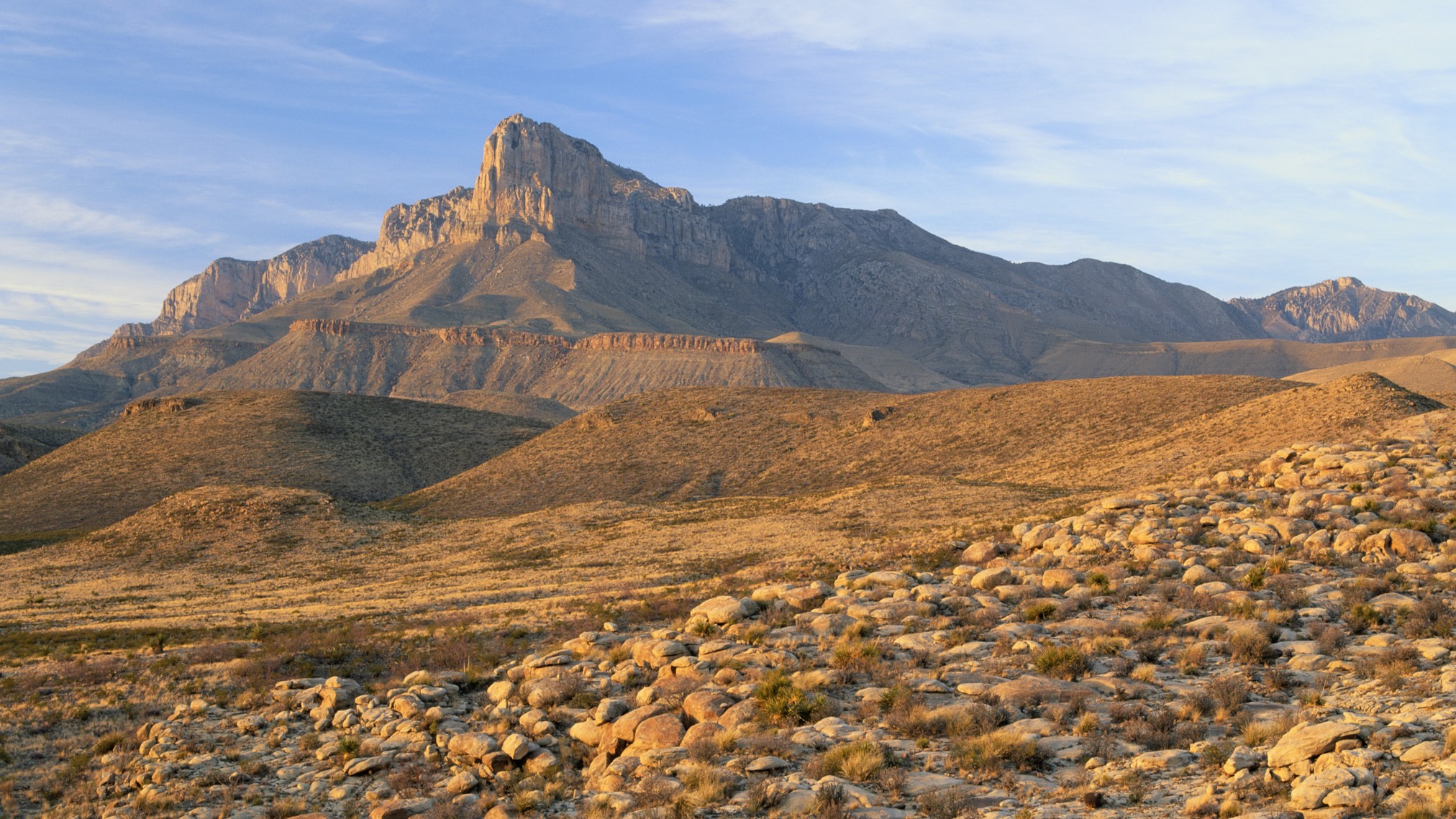
How many National Parks are in Texas?
National Parks in Texas, you say? Surely not! But indeed, it’s true. The Lone Star state houses two National Parks, which might not seem like a lot compared to California’s nine, Alaska’s eight or Utah’s five, but it’s two more than nearly half the states in the union and they’re both well worth a visit. The two National Parks in Texas – Guadalupe Mountains and Big Bend – together encompass almost 900,000 acres of protected land that boast the highest peak in the state, part of the largest desert on the continent, scenic canyons, precious fossils and prized cultural artifacts. Read on to discover what makes these parks so special, when to go and what to do while you’re there.
Guadalupe Mountains
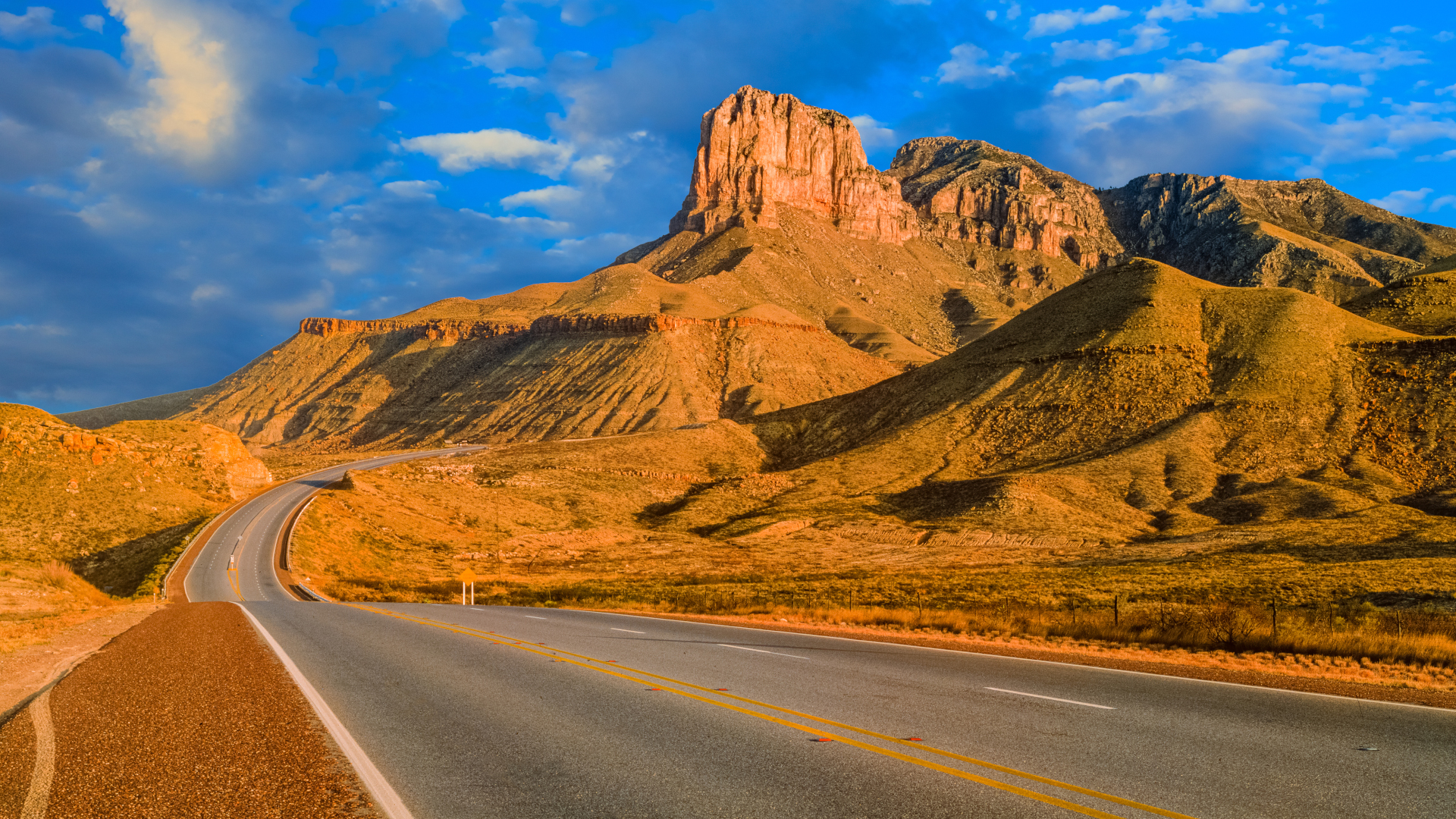
Guadalupe Mountains is the smaller of the two parks and is found in far west Texas, up near the New Mexico border. To reach it requires some commitment, as it’s some distance from any major urban centers, but you can get there from Lubbock in under four hours.
This National Park delivers the rugged remoteness you’d therefore expect, but also packs in a few surprises. In addition to the starkly beautiful desert landscape and deep canyons you associate with rural Texas, this park protects the four highest peaks in the state including Guadalupe Peak, the highest at 8,751ft, as well as McKittrick Canyon, a steep-walled lush oasis in the Chihuahuan Desert, and a fossilized coral reef from the Permian era.
It’s a popular hiking destination and over 80 miles of hiking trails here include mellow desert strolls, strenuous mountain climbs and the lack of crowds making matters even more appealing – it’s one of the least crowded National Parks. The 9-mile hike to Guadalupe Peak is understandably one of the most popular hikes while the Bowl Trail and Salt Basin Overlook offer some of the most breathtaking views in the park. The Guadalupe Mountains in the park are the same ones protected in New Mexico’s Carlsbad Caverns National Park, which lies only 35 miles away and the two together make a fantastic road trip.
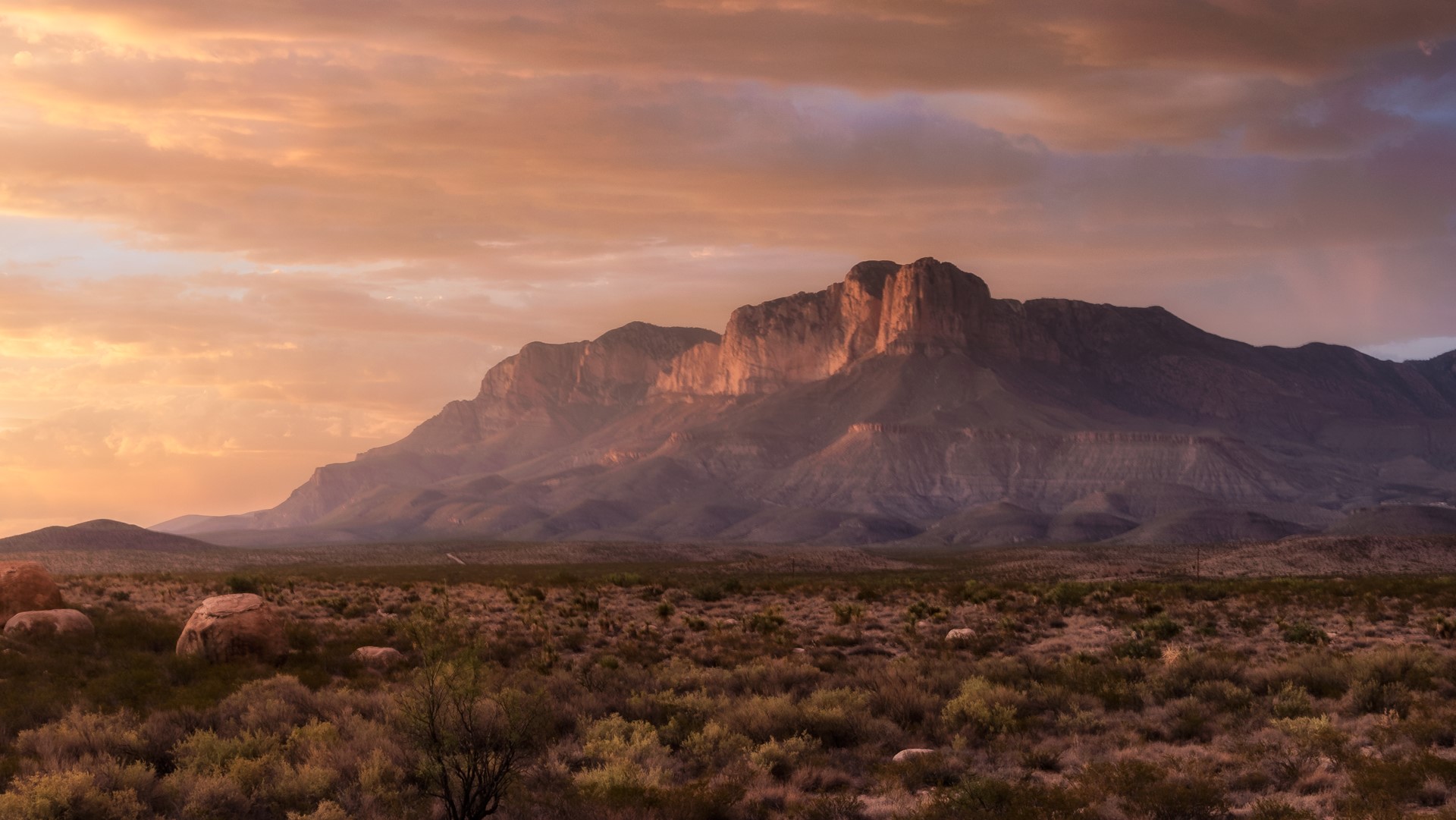
Two to three days are recommended to explore here, with spring and fall offering the best weather, and there are three developed campgrounds inside the park where you can pitch a tent or park your van.
Fun fact: Vehicle-accessible roads are few and far between in Guadalupe Mountains, so bring your best hiking boots to get the full experience.
Advnture Newsletter
All the latest inspiration, tips and guides to help you plan your next Advnture!
Big Bend
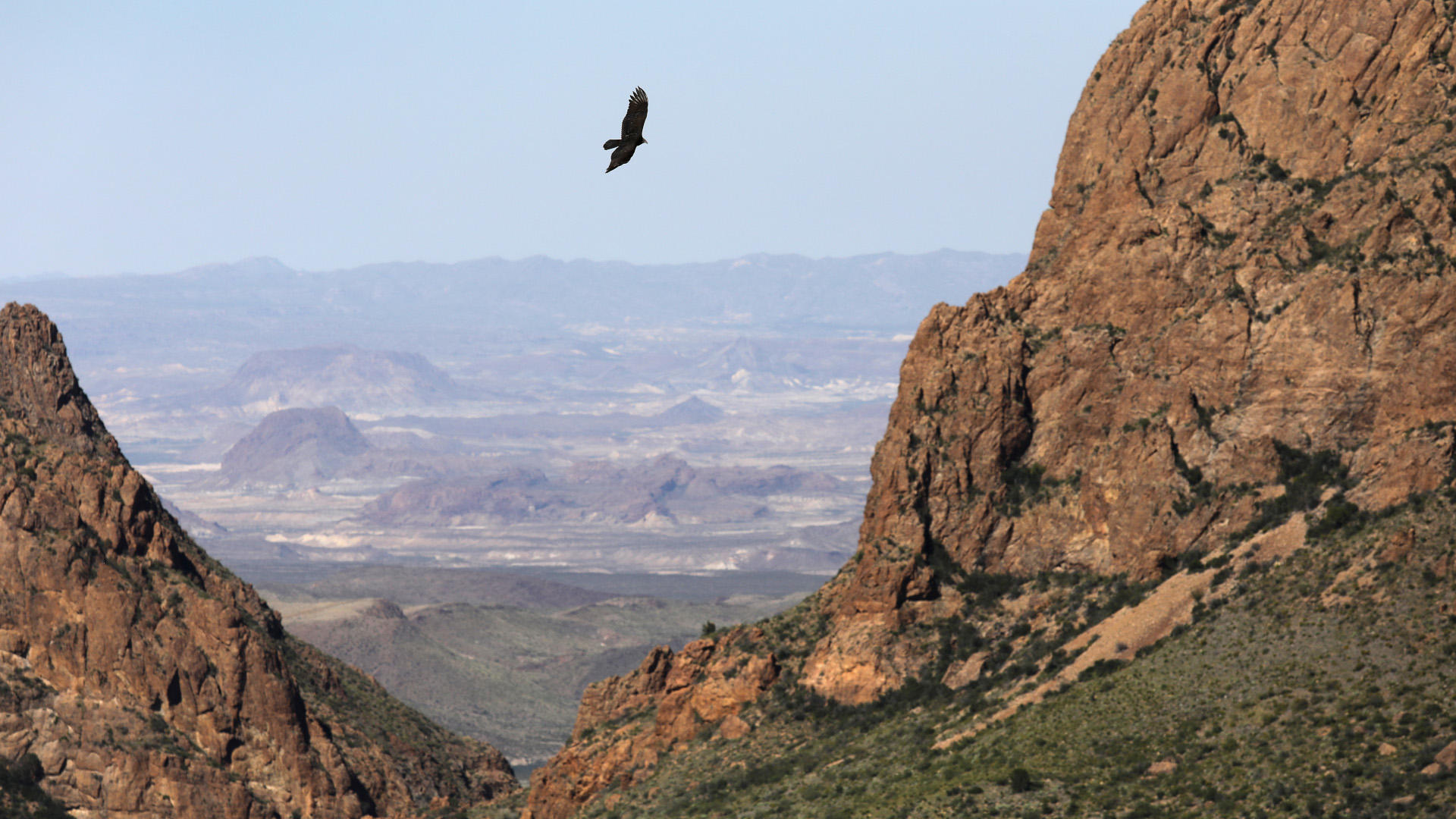
At the bottom end of the state some 275 miles southwest of Guadalupe, you’ll find Big Bend National Park near the Chihuahuan border. Because it is so remote (300 miles from Paso, the nearest city) Big Bend is well off most people’s radar, but this fabulous desert landscape has loads to offer those who love hiking, backpacking and a true backcountry experience. In fact, when we spoke to Anwar Mamon, executive director of the NatGeo show America’s National Parks, he revealed that Big Bend was by far his favorite park.
There are a few great reasons to love Big Bend. First, the landscape – Big Bend is home to the Chisos mountain range and much of the Chihuahuan Desert. You can hike through the shallow waters of the Santa Elena Canyon Trail, Big Bend’s answer to The Narrows, and along the high ridges of the Lost Mine Trail, backpack in the Chisos Mountains, float along the Rio Grande river admiring the steep limestone cliffs and soak in the Langford Hot Springs.
Then there’s the weather. While its geographical position means summers here are blistering, the winters are much more comfortable with 60 degree daily highs making it one of the best National Parks to visit in winter.
It also stakes the claim to having the least light pollution of any of the National Parks in the lower 48 states, making it a prime spot for stargazing. At night, you can enjoy their Night Sky program, featuring star parties and moonlight walks.
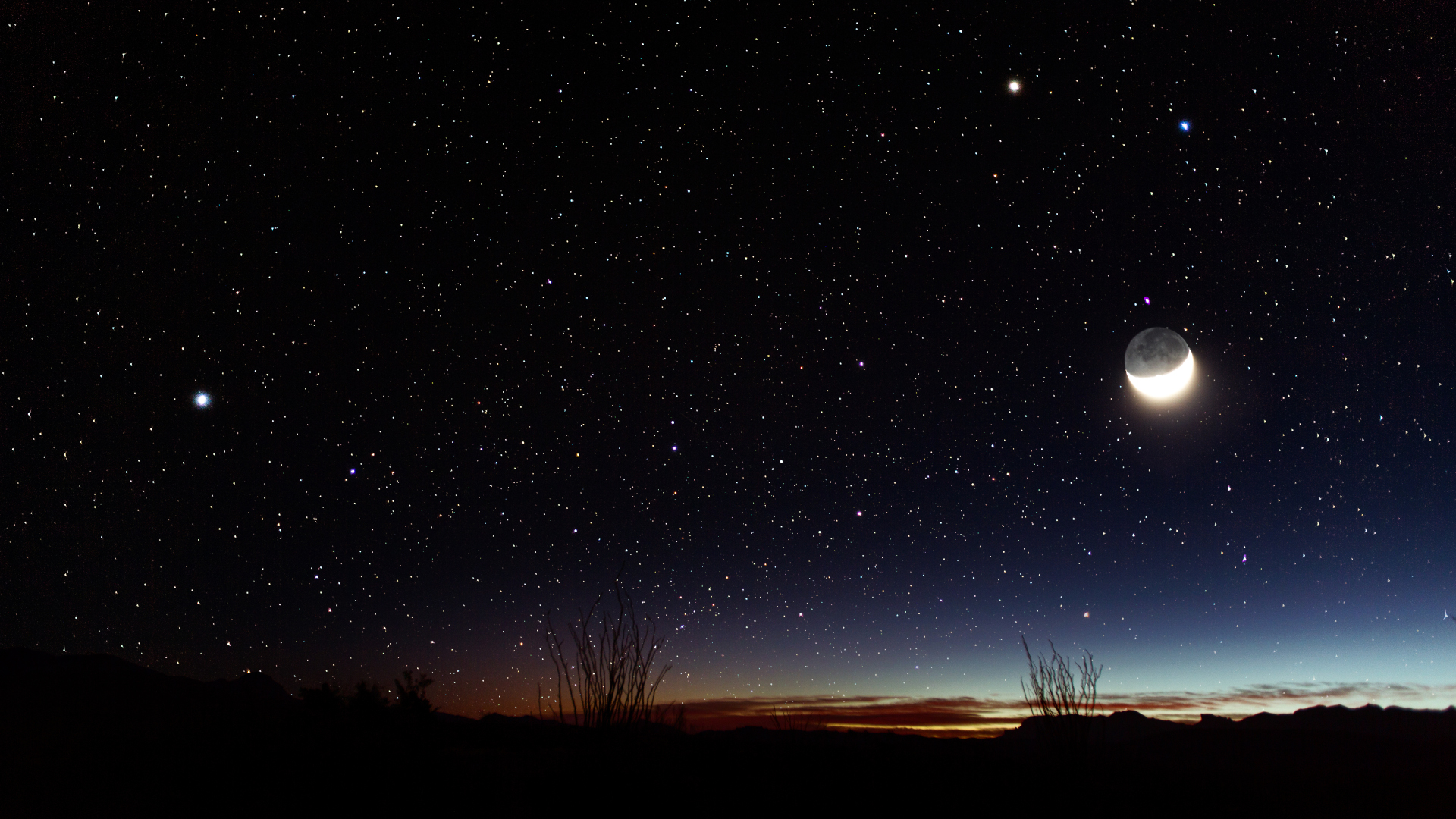
Finally, if it’s wildlife viewing you’re after, Big Bend is home to 450 species of birds – more than any other National Park. Some of these birds aren’t typically found elsewhere in the country, such as the Lucifer Hummingbird, Colima Warbler, Flammulated Owl, Elf Owl, Mexican Jay, Black-chinned Sparrow, Crissal Thrasher and Green Kingfisher.
At least three days is recommended in this park. For sleeping, you have your pick of four developed campsites, or you can get a bed in Chisos Mountain Lodge or, with a wilderness permit, head to the backcountry.
Fun fact: Big Bend is the only National Park to have an entire mountain range (The Chisos mountains) contained within its borders.
Julia Clarke is a staff writer for Advnture.com and the author of the book Restorative Yoga for Beginners. She loves to explore mountains on foot, bike, skis and belay and then recover on the the yoga mat. Julia graduated with a degree in journalism in 2004 and spent eight years working as a radio presenter in Kansas City, Vermont, Boston and New York City before discovering the joys of the Rocky Mountains. She then detoured west to Colorado and enjoyed 11 years teaching yoga in Vail before returning to her hometown of Glasgow, Scotland in 2020 to focus on family and writing.

